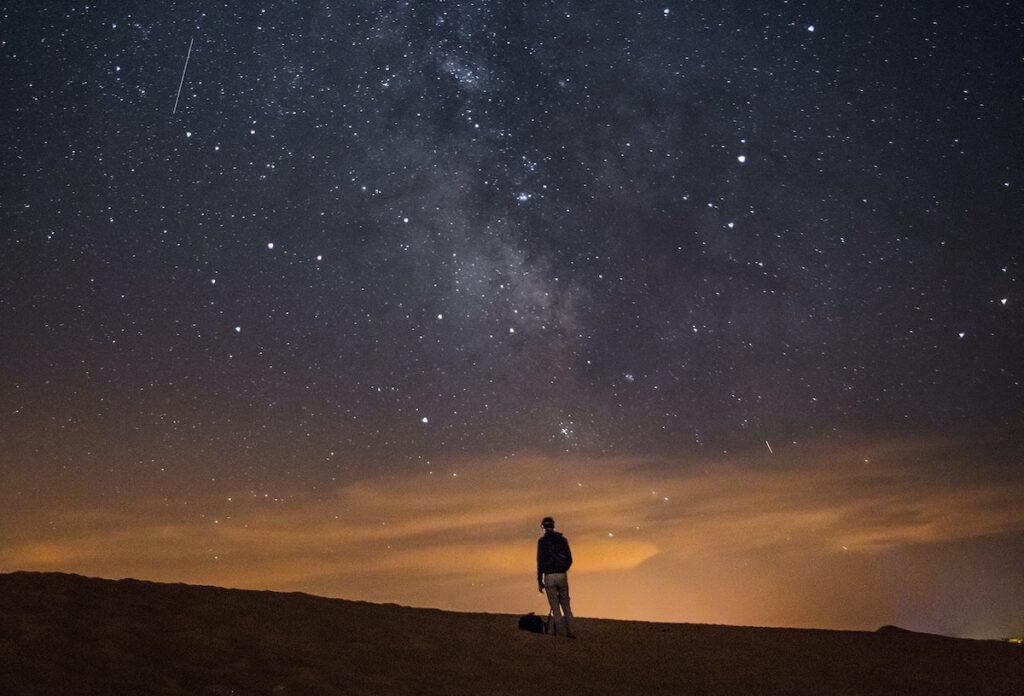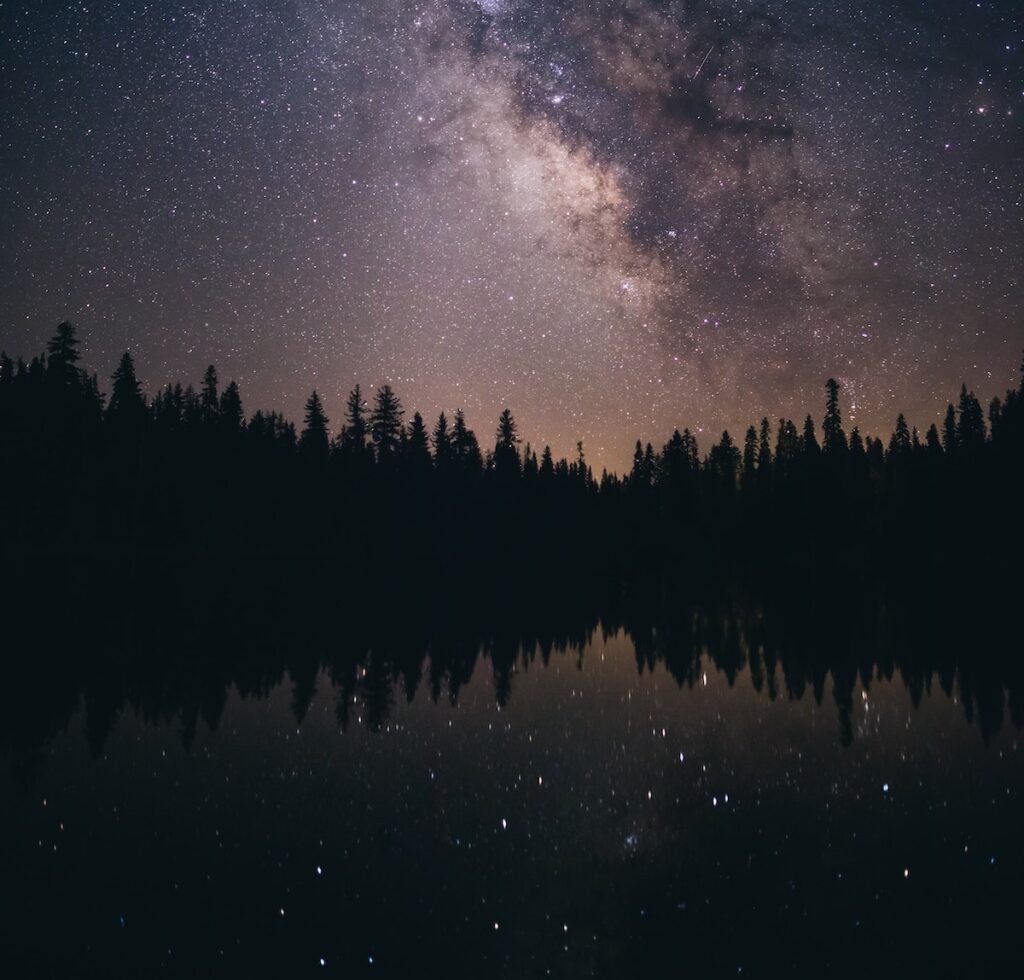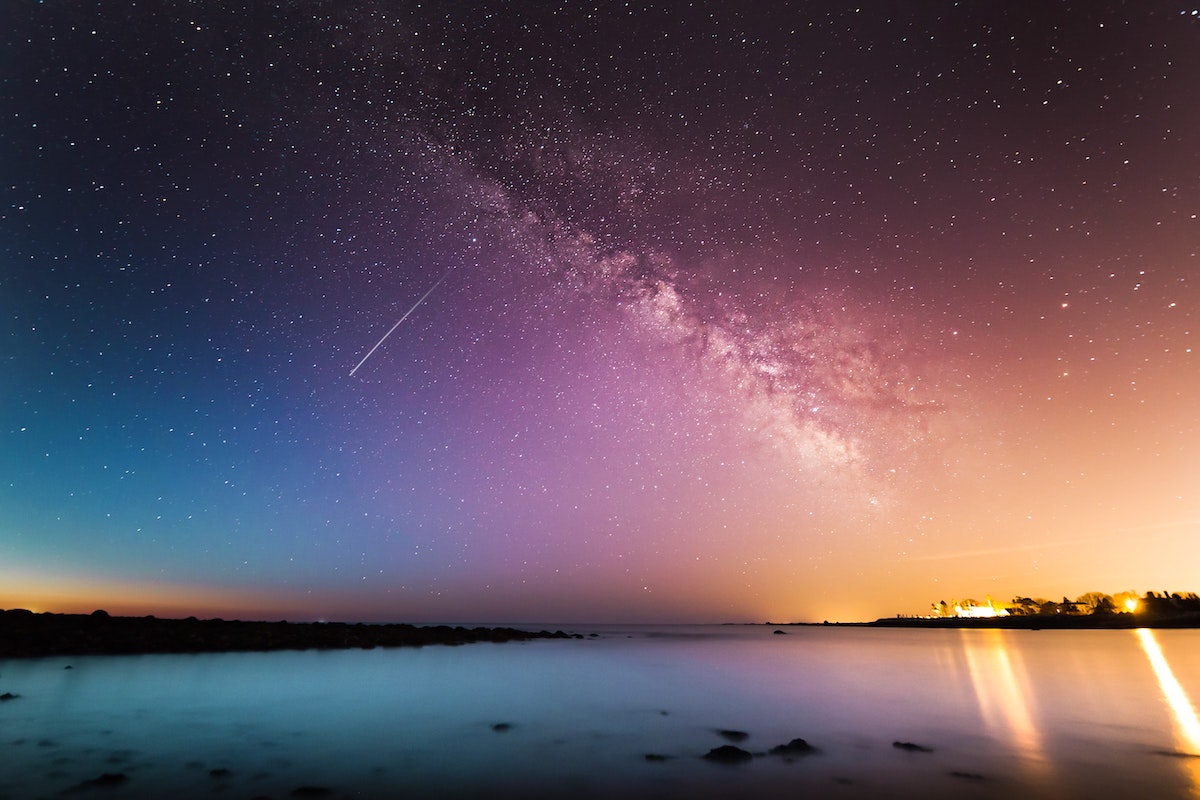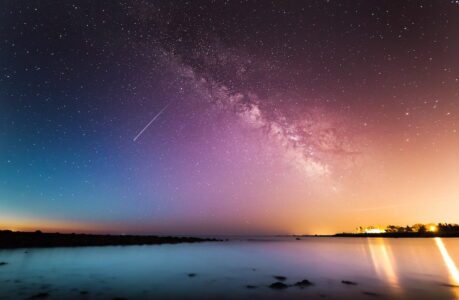The Bortle scale is a nine-level rating system used to describe the brightness of the night sky. The scale ranges from Class 1 (Excellent Dark-Sky Site) to Class 9 (Inner-City Sky), with each class representing a different level of light pollution and corresponding visibility of celestial objects. The Bortle scale is used by astronomers, amateur stargazers, and other enthusiasts to evaluate the quality of observing conditions and help choose suitable observing sites.
The different levels of the Bortle Scale are:
- Class 1 (Excellent Dark-Sky Site)
- Class 2 (Typical truly dark site)
- Class 3 (Rural Sky)
- Class 4 (Rural/Suburban Transition)
- Class 5 (Suburban Sky)
- Class 6 (Bright Suburban Sky)
- Class 7 (Suburban/Urban Transition)
- Class 8 (City Sky)
- Class 9 (Inner-City Sky)
Each class on the Bortle Scale is defined by specific levels of light pollution, which affects the visibility of stars, constellations, galaxies, and other celestial objects. Class 1 is the darkest category and represents the best observing conditions, while Class 9 represents the highest levels of light pollution and the worst observing conditions.

what can I see at different levels of the Bortle scale
At different levels of the Bortle Scale, you can see the following celestial objects:
- Class 1 (Excellent Dark-Sky Site): The entire Milky Way is visible as a luminous band stretching across the sky, many star clusters and nebulae are easily visible, and even faint galaxies are within reach.
- Class 2 (Typical truly dark site): Most of the Milky Way is visible, many star clusters and nebulae are easily visible, and galaxies are visible with averted vision.
- Class 3 (Rural Sky): Most of the brightest parts of the Milky Way are visible, many star clusters are visible, and some nebulae and galaxies are visible with averted vision.
- Class 4 (Rural/Suburban Transition): Only the brightest parts of the Milky Way are visible, star clusters are less numerous and less bright, and few nebulae and galaxies are visible.
- Class 5 (Suburban Sky): Only the brightest parts of the Milky Way are visible, and star clusters, nebulae, and galaxies are visible only under exceptional conditions.
- Class 6 (Bright Suburban Sky): The Milky Way is only visible as a faint glow, and star clusters, nebulae, and galaxies are difficult to see.
- Class 7 (Suburban/Urban Transition): The Milky Way is barely visible, if at all, and star clusters, nebulae, and galaxies are not visible.
- Class 8 (City Sky): The Milky Way is not visible, and only the brightest stars are visible.
- Class 9 (Inner-City Sky): Only the brightest stars are visible, and the night sky appears nearly featureless and uniformly lit.
Note that the specific objects you can see will also depend on factors such as your location, the time of year, and the presence of moonlight.
Are there any sites that will help me find the bortle scale at my location
Yes, there are several sites that can help you determine the Bortle Scale class at your location. Some of these include:
- Clear Dark Sky: This site provides detailed weather forecasts and Bortle Scale ratings for observing sites around the world.
- Light Pollution Map: This interactive map allows you to view satellite images of light pollution and find the Bortle Scale class for your location.
- Dark Site Finder: This site provides a database of dark-sky sites, including Bortle Scale ratings, and allows you to search for sites near your location.
- Globe at Night: This citizen science program invites people to measure their night sky brightness and submit their observations, which are then used to create maps of global light pollution.
These sites can be a useful resource for amateur astronomers and other stargazers, as well as for anyone who wants to learn more about light pollution and its effects on the night sky.

Low Bortle level sites in Ireland
Yes, there are several locations near Dublin and Cork that have low Bortle Scale levels. Some of the best dark-sky sites in Ireland include:
- Mayo Dark Sky Park: Located in County Mayo, this park has been designated as Ireland’s first Dark Sky Park and has a Bortle Scale rating of Class 2.
- Kerry Dark Sky Reserve: This reserve, located in County Kerry, is the only Gold-tier Dark Sky Reserve in the Northern Hemisphere and has a Bortle Scale rating of Class 2.
- Black Valley: This valley, located near the Ring of Kerry, has minimal light pollution and is known for its stunning night sky views.
- Lough Boora Discovery Park: This park, located near Birr in County Offaly, has minimal light pollution and is a popular spot for stargazing.
- Irish Astronomical Association Dark-Sky Site: This site, located near Birr in County Offaly, is the official observing site of the Irish Astronomical Association and has a Bortle Scale rating of Class 3.
These are just a few examples of the many dark-sky sites near Dublin and Cork that offer excellent stargazing opportunities. You can use websites like Clear Dark Sky or Light Pollution Map to find more specific information about the Bortle Scale ratings and light pollution levels at these and other locations.

